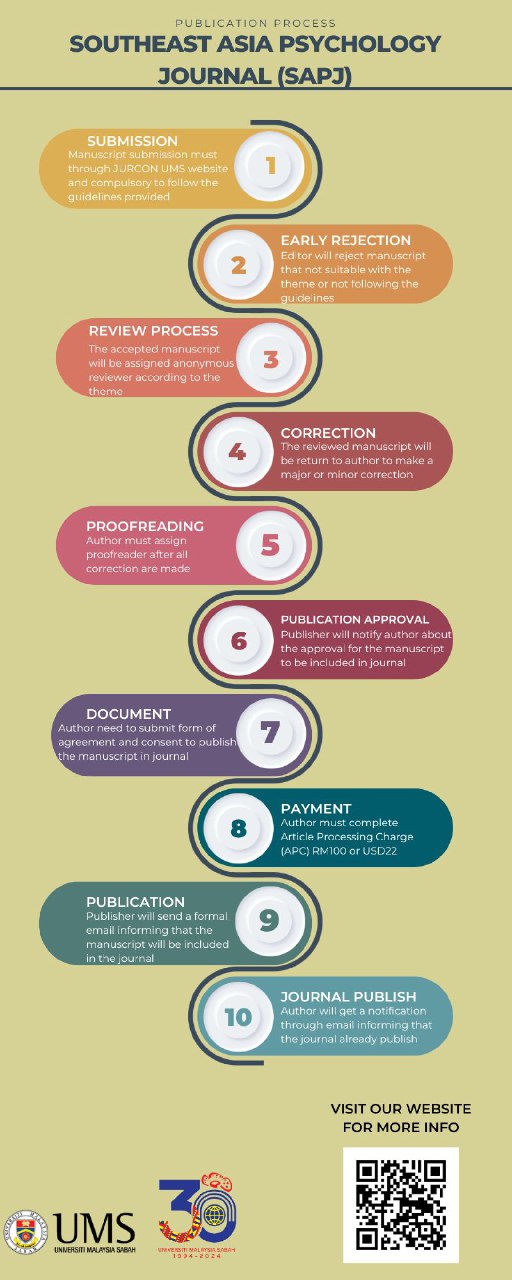STUDENTS’ INTEREST IN EXTENSIVE READING AT THE HIGHER EDUCATION LEVEL
DOI:
https://doi.org/10.51200/sapj.v11i1.4888Keywords:
Extensive Reading; Students’ Reading InterestAbstract
This study aims to analyze students' interest in Extensive Reading and find out what factors influence their interest in reading. This study was conducted at UIN Sultan Maulana Hasanuddin Banten and involved 30 students in the fifth semester. The research design used was descriptive qualitative. In collecting the data, a questionnaire and interview were employed. The results indicate that students have a low interest in Extensive Reading. This could be seen from the results of the overall average score of the questionnaire which only achieved 2,54. In addition, there are several factors that influenced their interest in Extensive Reading, including 1) The need for reading, 2) Feelings of pleasure and interest, 3) Types of reading, 4) The Intensity of reading, 5) The Development of information and communication technology, 6) Environment, and 7) Libraries. Therefore, it could be concluded that students' reading interest in Extensive Reading depends on their needs and other factors that influence it.
References
Anindita, C. (2020). EFL students’ perception towards extensive reading practice in higher education level. Retain, 08(4), 89–98.
Bawawa, M., Winarsih, S., Uspayanti, R., Naharawarin, M., Butarbutar, R., & Manuhutu, N. (2019). Analysis of Students’ Interest in Reading. 383(Icss), 105–108. https://doi.org/10.2991/icss-19.2019.205
Bouhedjam, D. N. (2015). Importance of Reading Activity in Education.
Creswell, J. W. (2009). Research Design: Qualitative, Quantitative, and Mixed Methods Approaches. In Research Design 3rd Ed (3rd ed.). SAGE Publication Ltd. Retrieved from https://www.worldcat.org/title/research-design-qualitative-quantitative-and-mixed-methods-approaches/oclc/269313109
Khairuddin, Z. (2013). A Study of Students’ Reading Interests in a Second Language. International Education Studies, 6(11), 160–170. https://doi.org/10.5539/ies.v6n11p160
Maharsi, I., Ghali, M. I., & Maulani, S. (2019). High School Students’ Reading Habit and Perception on Reading for Pleasure. International Journal of Indonesian Education and Teaching, 3(1), 128–136.
Maunah. (2014). Psikologi Pendidikan (A. Zahroh, Ed.). Tulungagung: IAIN Tulungagung Press.
Mikeladze, T. (2014). Extensive Reading. Telavi Lakob Gogebashvi: University of Latvia.
Nation, I. S. P., & Waring, R. (2020). Teaching Extensive Reading in Another Language. New York: Routledge (Taylor & Francis Group).
Novitasari, N. (2018). Students ’ Attitude S Towards the Implementation of Extensive Reading in Sma N 1 Sewon. Sanata Dharma University.
Rahmadany, R. (2021). Students’ Attitude towards Extensive Reading at English Education Department of State Islamic University of Sultan Syarif Kasim Riau. The State Islamic University of Sultan Syarif Kasim Riau.
Retno, H. (2017, May 17). Miris, Minat Baca di Indonesia Menurut UNESCO Hanya 0,001 persen. Portal Bandung Timur. Retrieved from https://portalbandungtimur.pikiran-rakyat.com/pendidikan/pr-941922838/miris-minat-baca-di-indonesia-menurut-unesco-hanya-0001-persen
Samsu. (2017). Metode penelitian: teori dan aplikasi penelitian kualitatif, kuantitatif, mixed methods, serta research & development. In Rusmini (Ed.), Diterbitkan oleh: Pusat Studi Agama dan Kemasyarakatan (PUSAKA). Pusat Studi Agama dan Kemasyarakatan (PUSAKA).
Ur, P. (2012). A Course in English Language Teaching. In A Course in English Language Teaching. United Kingdom: Cambridge University Press. https://doi.org/10.1017/9781009024518
Zakaria, A., Salleh, A. M., Ismail, M. A., & Ghavifekr, S. (2017). Promoting Meaningful Learning Via an Online Project-based Module. International Journal on E-Learning and Higher Education, 6, 71–95.







